Foot shape testing devices are precision instruments designed to evaluate and analyze the morphology, structure, and functionality of the feet. These devices provide scientific support for foot health management, disease diagnosis, athletic performance optimization, and customized footwear design. Depending on specific testing needs, there is a wide variety of foot shape testing devices, including but not limited to 3D foot scanners, foot shape scanners, and foot analyzers. Each of these devices has distinct features, offering detailed data about the feet from various perspectives. Below is an analysis of several key types of foot shape testing devices.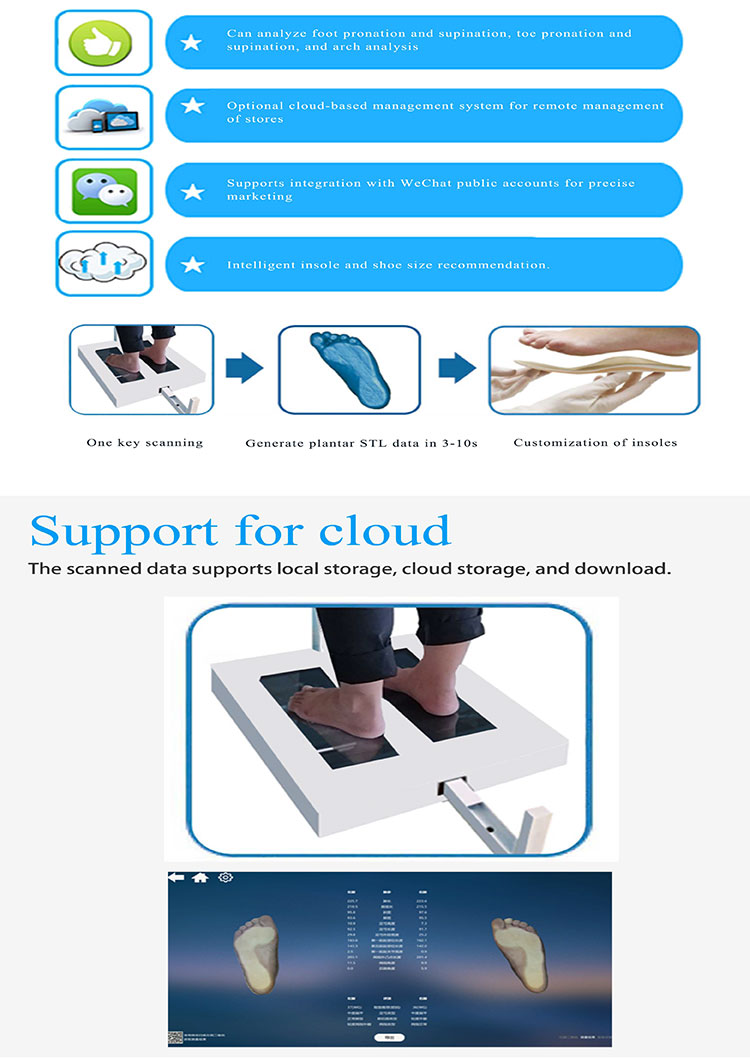
1. 3D Foot Scanners
3D foot scanners utilize digital scanning technology to precisely capture the three-dimensional structure of the foot. They provide clear data on foot arch shapes, toe alignment, foot length, and width, and generate 3D models. These models are instrumental in foot health assessments, enabling healthcare professionals and technicians to understand individual foot structures and identify potential problems such as flat feet or high arches. Additionally, the data from 3D scanning is widely used in footwear design and the development of customized orthotic devices and insoles.
2. Foot Shape Scanners
Foot shape scanners often employ infrared, laser scanning, or optical imaging technology to measure the length, width, height, and proportions of the foot. Unlike 3D foot scanners, foot shape scanners focus on static foot morphology data, making them suitable for routine foot examinations, health management, and footwear matching analysis. With these data, medical professionals can assess structural issues such as arch collapse or deformities, providing personalized treatment plans for individuals.
3. Foot Analyzers
Foot analyzers are typically used to evaluate gait, load distribution, and functional movements of the foot. Through sensors and imaging technology, foot analyzers can monitor real-time dynamic data during walking or running, analyzing gait patterns, load distribution, and abnormalities during movement. Although primarily focused on dynamic testing, foot analyzers can also provide static data such as contact areas and other foot measurements. These instruments are particularly useful in sports medicine, rehabilitation, and managing foot health for athletes.
4. Foot Imaging Systems
Foot imaging systems use X-rays, ultrasound, or CT scanning technologies to image the internal structure of the foot. These devices provide detailed visuals of foot bones, joints, and other deep structures, which are critical for diagnosing foot disorders. For example, X-ray imaging helps detect fractures or arthritis, while ultrasound evaluates soft tissue injuries such as tendonitis or ligament damage. While these devices do not primarily focus on external foot morphology, they play a significant role in comprehensive foot health assessments.
5. Foot Load Analysis Devices
Foot load analysis devices primarily assess weight distribution on the feet during standing or walking. Using pressure sensors, these devices measure pressure changes in different foot regions, aiding in diagnosing functional abnormalities. While similar to plantar pressure measurement devices, these focus on analyzing biomechanical performance under load. They are valuable for preventing and treating fatigue or injuries caused by prolonged standing, walking, or exercise.
6. Custom Foot Devices
In addition to the above, custom foot devices are also widely used in the market. These devices often combine 3D scanning technology with personalized data analysis to address specific foot needs, providing customized orthotic insoles or other corrective tools. Such devices have practical applications in treating flat feet, diabetic foot conditions, and foot deformities.

 +86-0755-86131192
+86-0755-86131192 2025-01-14
2025-01-14 Back to list
Back to list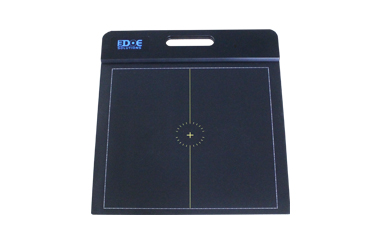
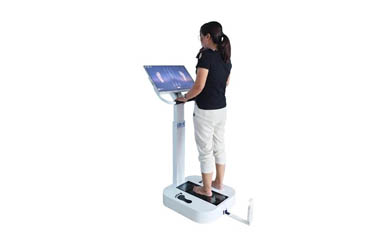
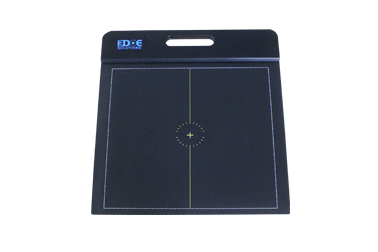
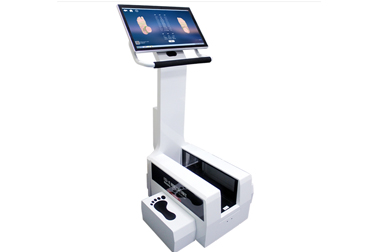
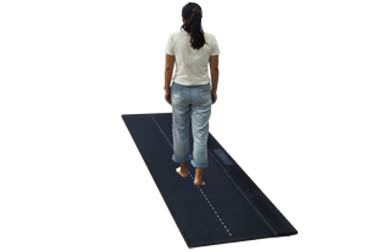
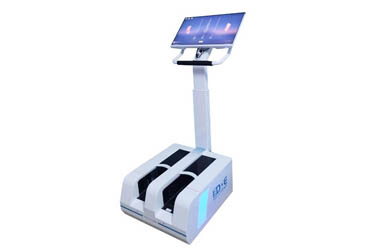



 +86-0755-86131192
+86-0755-86131192